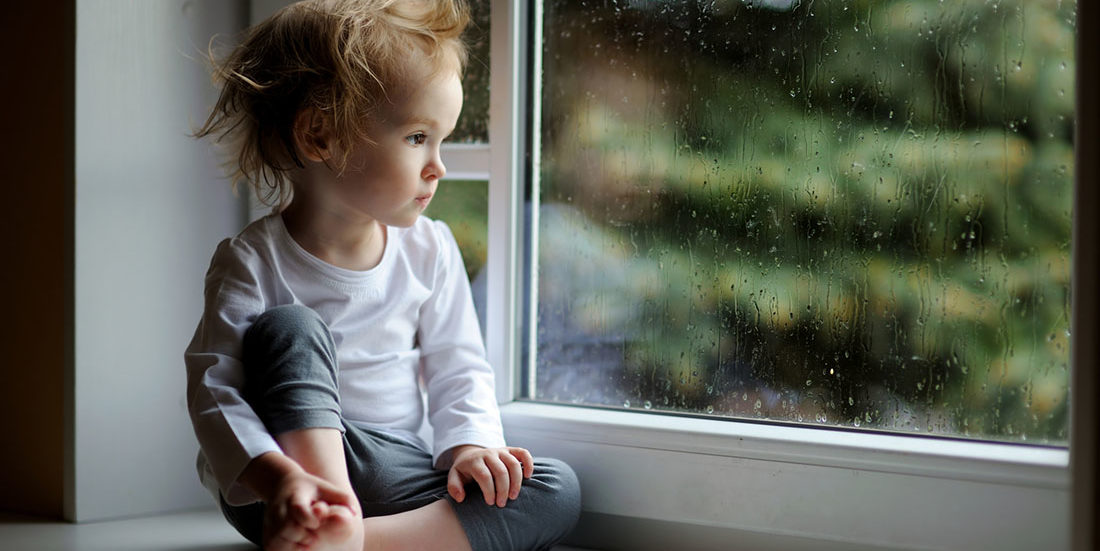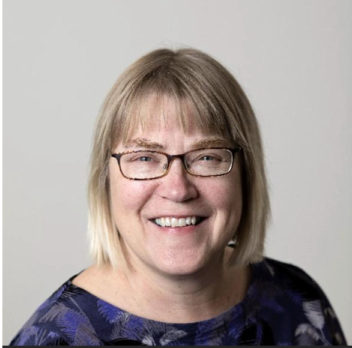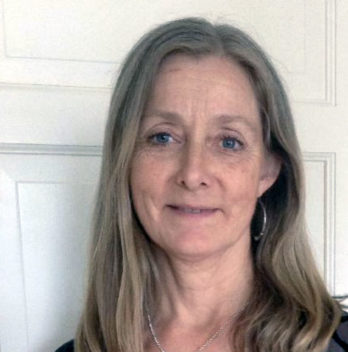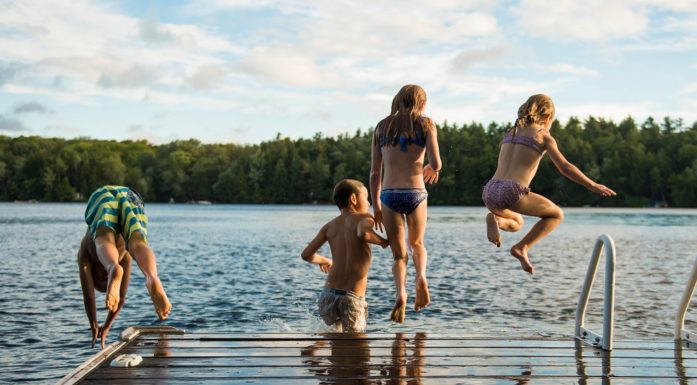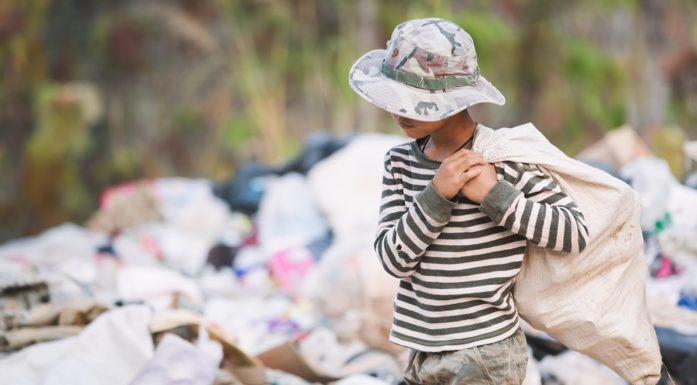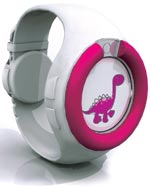How can child welfare services work better with young children?
Young children are not sufficiently listened to and included in their own case decisions in Child Welfare Services. A European development project has been tasked with tackling the issue.
The UN Convention on the Rights of the Child, the Norwegian Constitution and Norway’s Child Welfare Act all state that children have the right to participate in all matters that concern them. Child welfare workers are also duty-bound to work with children and parents and assist them as much as possible.
Nevertheless, research indicates that young children in the CWS do not have the opportunity to participate enough in their own cases, and that the CWS does not provide satisfactory arrangements for the youngest children to partner in decisions for their lives.
Although child welfare staff are aware of the problem, they don’t know enough about available tools and methods that can promote good communication and cooperation with the youngest children.
This means that too many children are excluded from their own case decisions, without understanding the reasoning behind them.
Now a European development project has been tasked with sharing experiences across national borders and coming up with solutions to enable the CWS to meet and include the youngest children in better ways.
- You might also like: Newborns’ clumsy arm movements show how smart they are
Participation is a right
Norway’s Child Welfare Act states that all children who are able to form their own views have the right to participate in all matters concerning them. The child shall receive sufficient and adapted information and has the right to freely express his or her views.
The requirement that children must be listened to and that due weight must be given to their views in accordance with their age and development, is in line with both Article 104 of the Norwegian Constitution and Article 12 of the UN Convention on the Rights of the Child. Neither the constitutional provision nor the UN article operates with a fixed age limit for the child’s right to participate.
Participation must be ensured in all phases of the processing and follow-up of the child’s case, and the CWS must ensure that the child’s participation takes place in a safe environment.
Despite these provisions, the available research on children’s participation suggests that there is still a way to go – especially when it comes to the youngest children in the CWS.
The child welfare service needs greater knowledge about how interacting and communicating with young children can happen in a way that ensures their perspectives are seen and heard.
The challenge is the same in other countries.
- You might also like: Kids still play like their grandparents did
Need to communicate differently
“We can’t expect a two-year-old or a five-year-old to sit down at a table with an unfamiliar caseworker who pays a home visit. We need to find child-friendly approaches. The responsible adult has to communicate with the child in an understandable way,” says Inger Sofie Dahlø Husby, an associate professor at NTNU’s Department of Social Work.
“Play, body language, drawing and other types of tools – along with time – need to be used when communicating with young children. In order for children to participate, the caseworkers and other adults have to get to know the child and make it easy for him or her to convey how they’re doing and what their needs are. This needs to happen in frameworks and settings that children perceive as safe,” says Randi Juul, an associate professor in the same department.
Husby and Juul are both working on the Norwegian part of the development project PANDA, which has received funding through Erasmus+, the EU programme for education, training, youth and sport.
The collaborative project includes participants from four European countries and aims to find solutions that can ensure that children under the age of 12 are able to participate in their CWS cases.
The Norwegian part of the project also involves Trondheim municipality and the child welfare services in the municipalities of Ålesund and Fjord. Also participating is Forandringsfabrikken – The Change Factory – which collects and disseminates knowledge from children and young people on how they experience the support services, with the goal of improving the systems.
Learning from others
“This project will enable us to find tools and approaches that make it easier for the child welfare services to interact with children,” says Husby.
She points out that good examples for involving and working with young children can be found in kindergartens. Training social workers and others who meet the children in the CWS is an important aspect of the project.
The different countries will also exchange their experiences through the project. The Norwegian project participants have already presented Trondheim municipality’s Stein, Saks, Papir (rock, paper, scissors) childrearing strategy to the participants from Belgium, Northern Ireland and Spain.
The PANDA project started in the autumn of 2020 and continues for three years.
